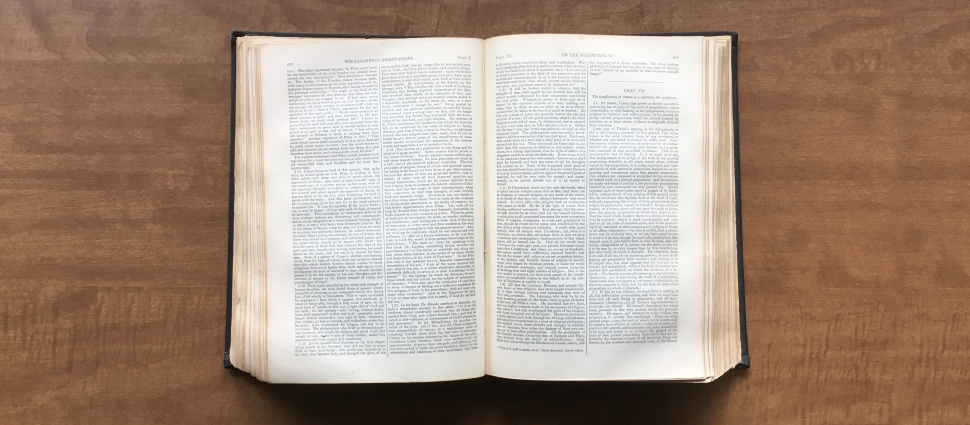Lifted: Experiencing the Resurrection Life

October 8, 2012
Sam Allberry, Lifted: Experiencing the Resurrection Life (Phillipsburg: P&R Publishing, 2012). 142 pages. First published in the UK by Inter-Varsity Press in 2010.
Introduction
Many people recite the Apostle's Creed each Lord's Day and profess the resurrected Christ, but the power of the resurrection for the Christian's daily walk is not always considered. The resurrection is an article of faith for many, but not necessarily a matter of intimate applicability. In Lifted, Sam Allberry seeks to show how the resurrection comes to bear upon believers here and now. As the Spirit applies Christ's redemption to individual believers, the resurrection comes to animate their lives--it is the fuel on which Christians run. As he seeks to substantiate this claim, the author divides his book into four principle sections: assurance, transformation, hope, and mission. Each is designed to expand a dimension of the resurrection often overlooked or underemphasized.
Assurance
Christian assurance begins with Christ, who comes to be seen as "the author of life" through his resurrection (p. 30). Here, the gospel is seen most explicitly, and the author points to First Corinthians 15:1-2 as the key to understanding the gospel and the pinnacle of Christ's work. When we see the resurrected Christ, who was publicly vindicated, we have assurance of Christ's work on our behalf. "The resurrection assures us of what Jesus has done." (p. 34)
The author rightly insists that the resurrection is necessary for salvation. But it isn't simply a part of salvation as if believers are half-saved by Christ's death and half-saved by the resurrection (p. 35). Rather, along with his atoning death, Christ's resurrection is necessary for the whole scope of salvation. He rightly insists that there is no justification without it (p. 35).
To understand the resurrection is to understand the nature and origins of sin. The author draws the reader's attention back to the garden so that he or she might see the context in which Christ came to save.
Transformation
In the book, we get a glimpse of the deep structures of Scripture as the author describes the tension between what Christians already experience and what has not yet been consummated. Believers have already been raised to newness of life, but they also await the redemption of their bodies when the Lord returns in the future (cf. Rom 8:23). This eschatology informs the book--especially in its practical applications. One particular example is the pattern of life exemplified in Philippians 2:5-11. Here we see the Christian mindset and the goal of present suffering.
Through faith we become united to Christ, joined to him in such a way that his death becomes our death (we died in him), and also so that his life becomes our life (we are raised in him). God's work in us has the same shape as God's work in Christ. He gives us new, resurrection life. [...] With it we enjoy a whole host of newness: new life, new perspective, new conduct, new power, and new ambition. Resurrection life changes everything. (p. 56)
This is salvation by grace. Believers were raised with Christ (Eph 2:4-6), having nothing to contribute to their salvation. They were dead. Nevertheless, the Lord transforms his people through the present ministry of his Spirit who, as the author explains, unites believers to Christ in both his death and resurrection. Believers die to sin and are raised to newness of life. They are freed from slavery to sin and come under a new master, righteousness. And because of the impact of the resurrection, believers not only fight with indwelling sin, but also endeavor unto obedience and aspire for glory in Christ.
Hope
Lifted is a book that demonstrates how Christians possess a distinct hope for the future. But it's a unique type of hope for the Christian; it's a living hope (1 Peter 1:3). The future is pinned upon the resurrected Christ. If Christ has not been raised, then there is no hope for the Christian. But the glorious truth is that Christ has already been raised, and the salvation of his people is secure.
This living hope focuses on the future return of Christ, when his people will be raised to a body that is imperishable, glorious, powerful, and spiritual (1 Corinthians 15:43-44). Even so, the author is quick to extend this hope by reminding us that the believer's hope is also the hope of the creation (Romans 8:19-22).
Mission
The final section of the book underscores the important lesson that the resurrection extends to mission. It is perhaps the single greatest factor that differentiates Christianity from other religions. The Christian truth of the resurrection--not simply that it happened, but also what it means--sets Christianity apart.
God has made himself known, and he has done so most clearly in the resurrected Christ. This is the glorious sign of salvation for those who believe, but it is the terrifying sign of judgment for those who do not respond in faith. For the author, this dual aspect of the resurrection conditions the mission of the Church and brings it into focus. In a time when the mission of the Church seems to be reconceived at every juncture, this chapter is a helpful call back to the biblical character of the Church's mission.
Conclusion
Lifted is an organized and strong effort. Even so, I felt that one final summary of the basic arguments could have solidified the author's points in a comprehensive manner. Nevertheless, this is a trivial weakness when compared to the book's many strengths.
I enthusiastically recommend this book as an enjoyable, readable, and intensely practical treatment of the resurrection and its significance for the Christian life. This would make an excellent book for a variety of discussion groups, since Christians of many different backgrounds will be encouraged and edified by this volume. Having been previously unaware of this title, I am delighted to see that P&R Publishing have made it available in the United States. It deserves to be read even more widely.
Camden Bucey is the Shelf Life Editor for reformation21 and a PhD student at Westminster Theological Seminary in Philadelphia.




